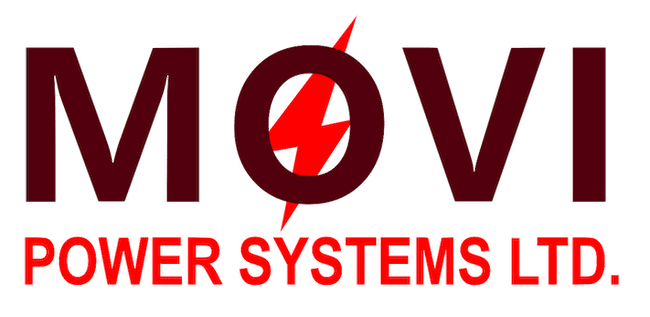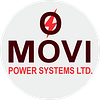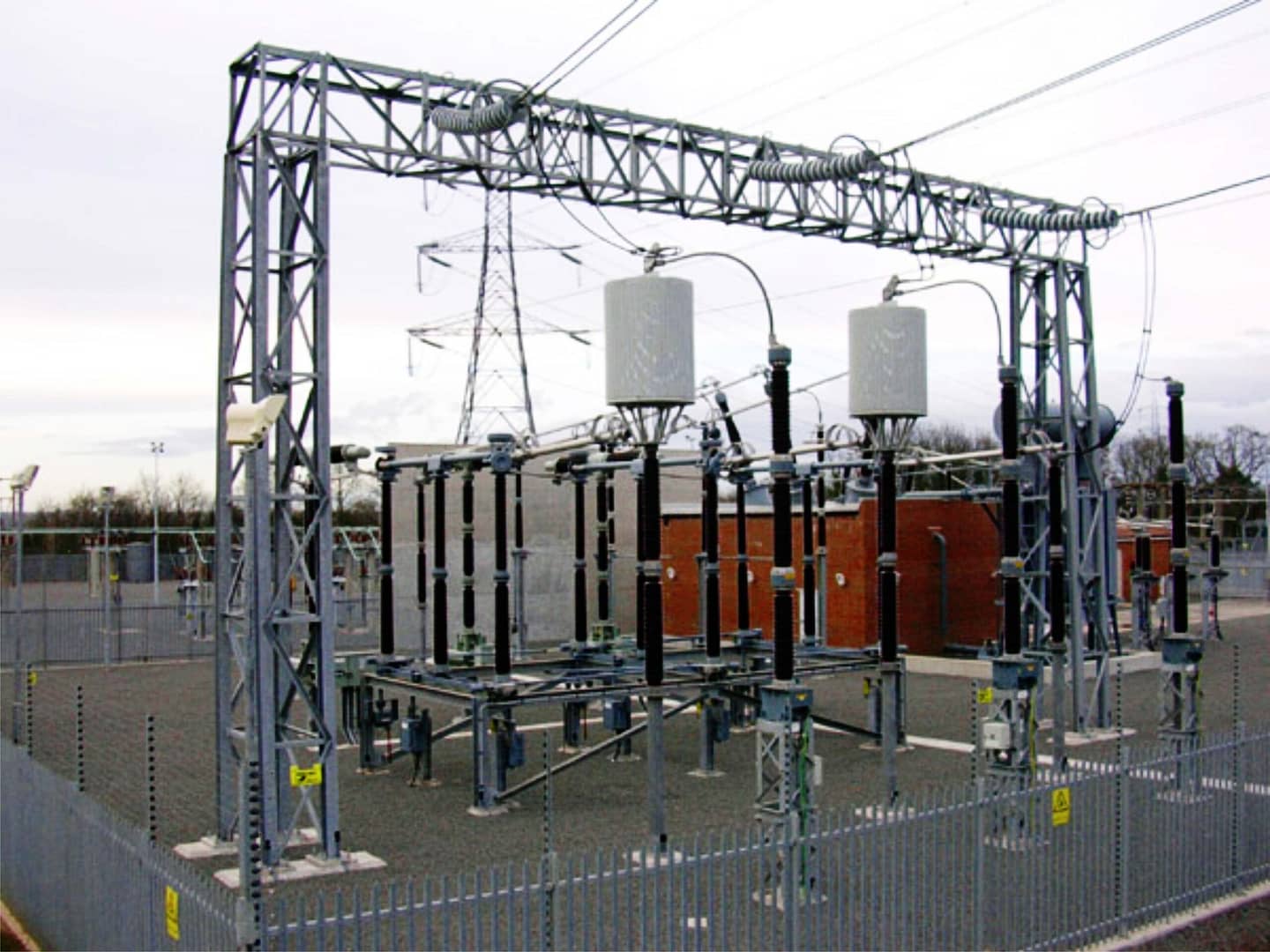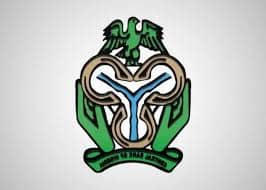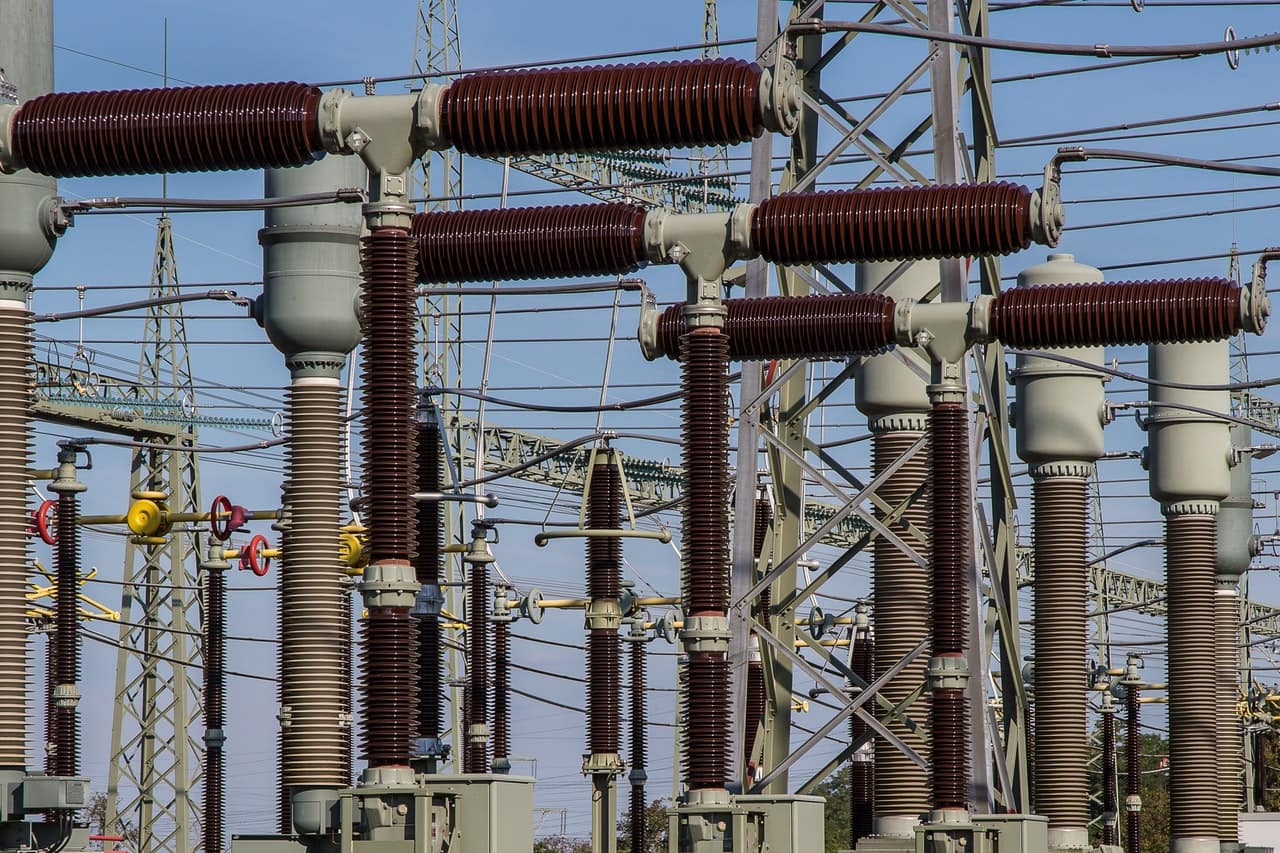
An Injection Sub Station Plant
An injection substation is a station where a higher voltage is stepped down to a lower voltage, especially for distribution in a densely populated area.
Physical design layout & Structure design
Protection engineering studies
Communication & SCS design
Project Management
Procurement & transportation
Construction works
Electromechanical installation works
Testing & commissioning
How Substations Work
The three-phase power leaves the generator and enters a transmission substation at the power plant. This substation uses large transformers to convert or "step up" the generator's voltage to extremely high voltages for long-distance transmission on the transmission grid.
FAQs
What is a Substation and it types?
The substation is the medium of transferring the power from generating unit to the consumer end. It consists of different types of equipment like a transformer, generator, power cable which helps in the power transmission. The substation which generates the power is known as the generating substation.
What is the difference between Switchyards & Substations?
A switching substation, or switchyard, is a substation without transformers that operates only at a single voltage level. Switchyards are generally classified by voltage level, circuit breaker, and bus arrangements. Switchyards are often located directly adjacent to or near a power station.
Why is it called a Substation?
Actually, the name that came before the electrical system was a grid. These substations were smaller plants that were no longer being used because of the construction of larger generation plants. They received their energy from these larger plants and then distributed; thus the name “substation”
Which transformer is used in substations?
The 132kV is the rating of the step-down transformer, which has a 132kV primary voltage. Generally, these transformers are employed in transmission-type substations where the voltage has to be stepped down to additional distribution.
